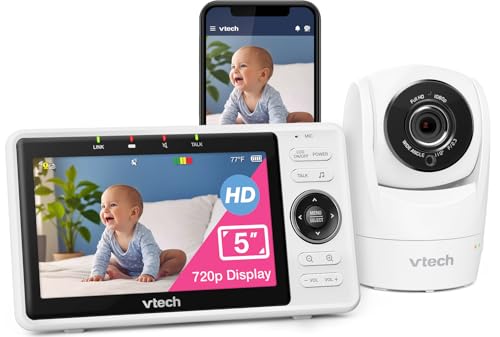


Many people wonder if it is safe to look at a solar eclipse through the camera of their iPhone. While the camera lens of an iPhone can capture stunning images of the sun, it is important to remember that looking directly at the sun, especially during an eclipse, can cause serious damage to your eyes.
When using the camera on your iPhone to photograph a solar eclipse, it is crucial to take precautions to protect your eyes. One safe way to do this is to use a solar filter over the camera lens to block out harmful rays. This will allow you to capture the beauty of the eclipse without risking your vision.
Can you observe eclipse
Observing an eclipse can be a fascinating experience, but it is essential to take precautions to protect your eyes. Looking directly at the sun during an eclipse can cause permanent damage to your eyes. It is recommended to use specially designed solar filters or eclipse glasses to safely observe the event.
Alternatively, you can use indirect methods to view the eclipse, such as creating a pinhole projector or using a telescope with a solar filter. These methods allow you to witness the phenomenon without risking eye damage.
Using iPhone Camera
iPhone cameras are equipped with advanced technology that allows you to capture high-quality photos and videos. With features like HDR, portrait mode, and optical zoom, you can take stunning shots with your iPhone camera.
When using your iPhone camera to capture events like an eclipse, it is important to take precautions to protect your device. Never point your iPhone camera directly at the sun during an eclipse without proper filters or lenses to avoid damage to the camera sensor.
Remember to adjust the exposure settings on your iPhone camera to capture the eclipse safely and effectively. Experiment with different settings to get the best results.
Precautions to take
When attempting to view an eclipse using your iPhone camera, it is important to take certain precautions to avoid damaging your device and to protect your eyes:
- Never look directly at the sun or eclipse with your naked eyes, as this can cause permanent eye damage.
- Use a solar filter or eclipse glasses to protect your eyes when viewing the eclipse.
- Avoid pointing your iPhone camera directly at the sun for an extended period of time, as this can damage the camera sensor.
- Consider using a telescope or binoculars with a solar filter for a better view of the eclipse through your iPhone camera.
- Be mindful of your surroundings and do not put yourself in harm’s way when attempting to capture the eclipse.
Best practices for safety
- Never look directly at the sun or an eclipse with your naked eyes.
- Use certified solar viewing glasses or handheld solar viewers to safely observe an eclipse.
- Do not use the camera on your iPhone to directly view an eclipse, as it can damage the camera sensor and potentially harm your eyes.
- Consider using a solar filter on your camera lens if you want to capture images of the eclipse with your iPhone.
- Always follow safety guidelines provided by experts and professionals when observing solar events.
Alternative ways to view
If you don’t have special eclipse glasses or a solar filter for your camera, there are still safe ways to view the eclipse:
Pinhole projection
You can create a simple pinhole projector using two pieces of paper to safely view the eclipse. Make a small hole in one piece of paper and hold it up to the sun, letting the light pass through the hole onto the second piece of paper. You will see a projection of the eclipse on the second paper.
Use a colander
If you have a kitchen colander with small holes, you can use it as a makeshift pinhole projector. Hold the colander up to the sun and let the light shine through the holes onto the ground or a piece of paper. You will see multiple projections of the eclipse through the holes.
Camera settings for eclipse
When using your iPhone camera to capture images of an eclipse, it’s important to adjust the settings to ensure you get the best possible shots. Here are some camera settings to consider:
1. Exposure
- Adjust the exposure to prevent overexposure of the bright sun during the eclipse.
- Experiment with different exposure levels to find the best balance between the sun and the surrounding environment.
2. Focus
- Manually adjust the focus to ensure sharp images of the sun and any surrounding objects.
- Consider using the auto-focus function if you’re having trouble getting a clear image.
By adjusting these camera settings, you can capture stunning images of the eclipse with your iPhone camera.
Benefits of digital viewing
1. Safety: Viewing an eclipse through your iPhone camera is a safe way to observe the event without risking damage to your eyes. The digital screen acts as a filter, protecting your vision from harmful solar rays.
2. Convenience: Using your iPhone camera allows you to capture high-quality images and videos of the eclipse without the need for specialized equipment. You can easily share your digital recordings with friends and family.
3. Accessibility: Digital viewing makes it easier for people with visual impairments to experience and enjoy the eclipse. They can use screen readers or other assistive technologies to engage with the event through their iPhone camera.
4. Educational opportunities: By using your iPhone camera to view an eclipse, you can enhance your understanding of celestial events and share your observations with others. You can also access educational apps and resources to learn more about the science behind eclipses.







